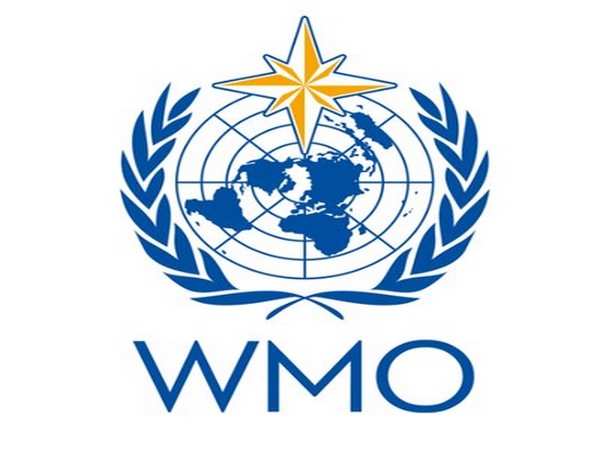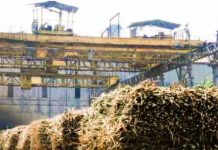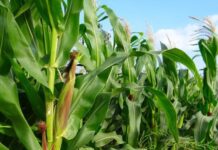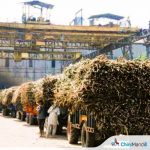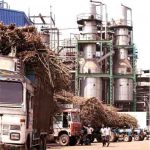Suva [Fiji], August 21 (ANI/WAM): Weather-related disasters and climate change impacts are unravelling the fabric of society in the South-West Pacific. Sea level rise threatens the future of low-lying islands whilst increasing ocean heat and acidification harms vital and vulnerable marine ecosystems, according to a new report from the World Meteorological Organization (WMO).
The State of the Climate in the South-West Pacific 2022 report provides a snapshot of climate indicators including temperatures, sea level rise, ocean heat and acidification, and extreme weather events in 2022. It also highlights the socio-economic risks and impacts on key sectors like agriculture.
The report, along with an interactive story map, is one of a series of five regional reports and a global report from WMO providing the latest climate insights to inform decision-making.
The three-year-long La Nina event had a clear influence on temperatures in 2022. But despite its temporary cooling influence, it was still a warm year for the region. The mean temperature in 2022 was 0.2°C to 0.3°C higher than during the last strong La Nina event in 2011.
“The El Nino, which followed three years of La Nina conditions, is very likely to continue during the rest of the year. This will have a big impact on the South-West Pacific region as it is frequently associated with higher temperatures, disruptive weather patterns and more marine heatwaves and coral bleaching,” said WMO Secretary-General Prof. Petteri Taalas.
Compared to 2021, the number of reported disaster events decreased; however, economic losses increased. Economic damage due to flooding was USD 8.5 billion, almost triple compared to the previous year, with most of the damage attributable to a series of flooding events in Australia. Tropical Storms Megi and Nalgae caused devastating flooding in the Philippines.
“Early warning is one of the most effective ways of reducing damage from disasters, as it empowers people to make risk-informed decisions for food security, as well as other sectors,” said Prof Taalas.
“Despite continuous efforts to strengthen multi-hazard early warning systems, the present report clearly shows that there are still significant gaps to be addressed,” he said.
The report shows how the agriculture sector is one of the most critical sectors affected by climate-related disasters, echoing the national adaptation plans of many countries in the South-West Pacific. Enhancing the resilience of food systems is therefore a high priority.
The report was released at the Third Pacific Ministerial Meeting on Meteorology (PMMM-3) and the First Development Partners and Donors Engagement Meeting in Fiji. The meetings, which are all interlinked, will be guided by the theme: “Sustaining Weather, Climate, Water and Ocean Services for a Resilient Blue Pacific.
In 2022, a total of 35 natural hazard events were reported in the South-West Pacific according to the International Disaster Database (EM-DAT), of which over 70 per cent were flood events. These resulted in over 700 fatalities, of which over 70 per cent were associated with storms.
Over 8 million people were directly affected by these hazards, and they caused total economic damage of close to USD 9 billion. Storms were the leading cause of death and affected the greatest number of people in 2022, especially in the Philippines and Fiji.
A comparison of the economic losses from disasters in the South-West Pacific region in 2022 with the average over the past 20 years (2002–2021) shows that the losses associated with flooding in 2022 (an estimated USD 8.5 billion) were more than 4 times the average.
In 2022, as an aggregate, flooding caused the highest economic losses in Australia, where the total was over USD 8 billion, followed by Indonesia (over USD 74 million) and the Philippines (over USD 11 million). (ANI/WAM)

